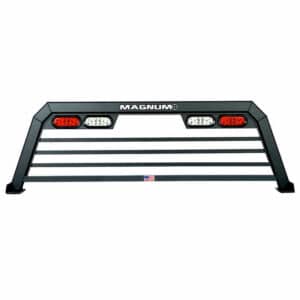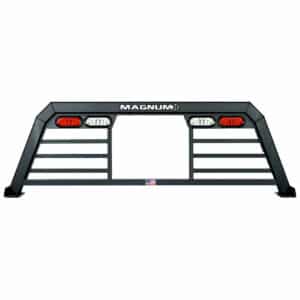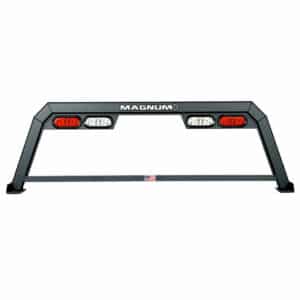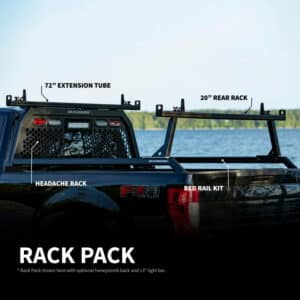Your Guide to Diesel Delete Kits
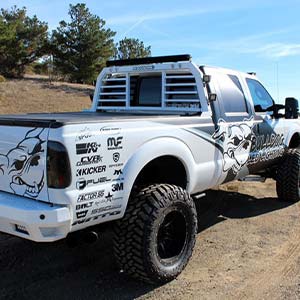
Interested in DIY installing a diesel delete kit on your truck? Before you get ahead of yourself, you’ll need to do a bit of research. When it comes to diesel delete kits, it’s not a one-size-fits-all kind of deal. DEF delete? DPF delete? Or maybe an EGR delete? What about your truck’s warranty? Well, you’re in luck. Because we know that it’s not always easy to find answers to these questions, we’re breaking down everything you need to know about diesel delete kits.
Understanding the Difference: DEF, DPF, EGR
The diesel delete world is chock full of acronyms. While you’re looking at options, you’ll probably run into three different acronyms for three very different delete kits.
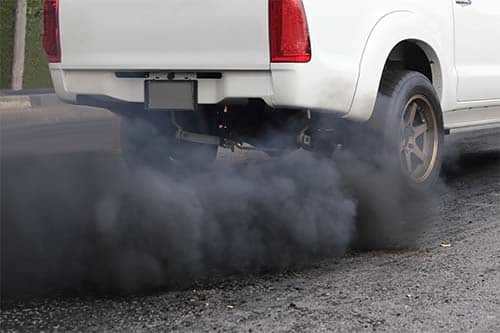
DPFs are completely different. Also known as diesel particulate filters, these little buggers are exhaust filters installed in-line on your exhaust system. They filter out a bunch of the particulates from your exhaust before it’s released into the environment. Over time, these filters can clog up and bog down your exhaust system. If you don’t replace them regularly, you might see a decrease in your truck’s performance. While your exhaust might be a smidge dirtier, if you opt for a DPF delete kit, it might be worth the tradeoff. Deleting your DPF can help boost fuel economy AND give you more horses to the wheels.
EGRs are another beast altogether. EGR stands for exhaust gas recirculation. This factory-installed system helps to reduce exhaust emissions by recirculating exhaust back into your engine for reuse. However, this recirculation can add extra wear on your engine. Plus, it puts a damper on your engine efficiency, too. Doing an EGR delete can help you get more miles out of your truck engine.
Rules and Regulations on Delete Kits
Unfortunately, the bad news is that the EPA likes to regulate diesel deletes heavily. In many cases, DEFs, DPFs, and EGRs are legally required for all newer trucks that have these systems installed at the factory. If you live in a state where your truck is required to pass emissions tests, deleting these systems can result in hefty fines. Not all states have emissions requirements, so make sure you stay current on what is and isn’t required in your state to avoid potentially costly fines.
Warranty Woes
The other potential downside to installing a diesel delete kit is that it might void the factory warranty on your truck. If something goes wrong with your truck and you need to take it to a dealership for service, you might find out that your warranty has been voided due to installing a diesel delete kit. But, if you’ve got an older truck, you might not need to worry about voiding a warranty that’s already expired.
Understanding diesel delete kits can feel like trying to understand rocket science. Whether you opt for a DEF, DPF, or EGR delete, there’s a solution for every truck owner. Before diving in, make sure you check on local emissions regulations and see if altering your exhaust system will void your manufacturer’s warranty. We hope this short guide gave you the background info on everything you need to know about diesel delete kits. And if you are seeking ways to improve your truck, consider getting a headache rack to go on your truck from Magnum Truck Racks.

